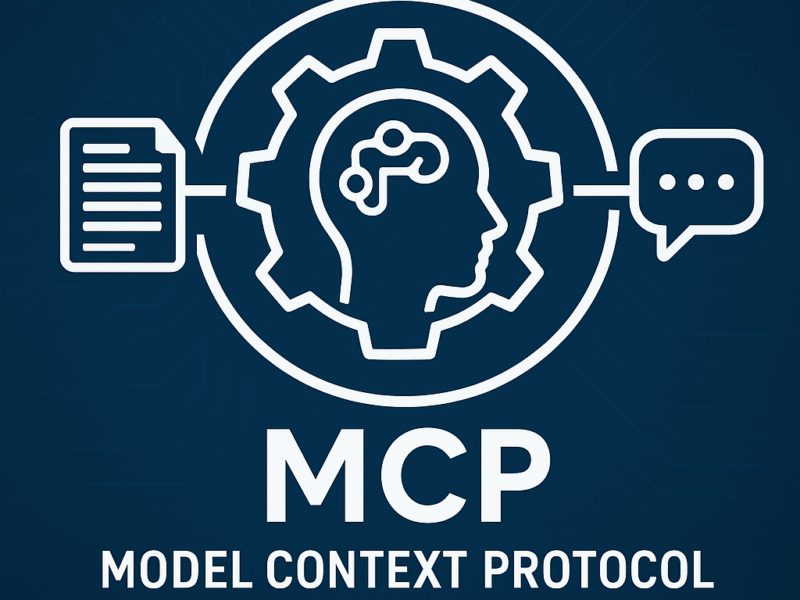
SaaS (Software as a Service) and web-based applications share similarities but are not entirely the same. Here’s a breakdown of their differences and overlaps:
Similarities:
- Access via Web:
Both are accessible through a web browser, making them platform-independent. - Cloud Hosting:
They are typically hosted on the cloud or remote servers and accessed over the internet. - Ease of Use:
Users don’t need to install or maintain software locally; everything runs remotely. - Scalability:
Both can scale to handle varying numbers of users and workloads.
Differences:
| Aspect | SaaS | Web-Based Application |
|---|---|---|
| Purpose | Designed as a complete software solution for end-users, typically involving subscription-based models. | Focuses on specific functionalities, which may or may not be a complete solution. |
| Business Model | Operates as a product/service (e.g., subscription or usage-based pricing). | May not always have a monetization model tied to the application itself. |
| Target Audience | Primarily business-oriented or general users looking for an end-to-end solution. | Can be targeted to specific user groups or niche functionalities. |
| Customization | Usually less customizable; designed for broad applicability. | Can be tailored to meet very specific user or business needs. |
| Examples | Google Workspace, Salesforce, Slack. | A custom e-commerce site, a streaming service like your Peerflix system. |
Key Distinction:
While all SaaS platforms are web-based applications, not all web-based applications are SaaS. SaaS implies a business-oriented delivery model, while web-based applications are a broader category encompassing tools, platforms, and services designed for various purposes.
Would you like help refining or clarifying this distinction further for a specific project or explanation?

